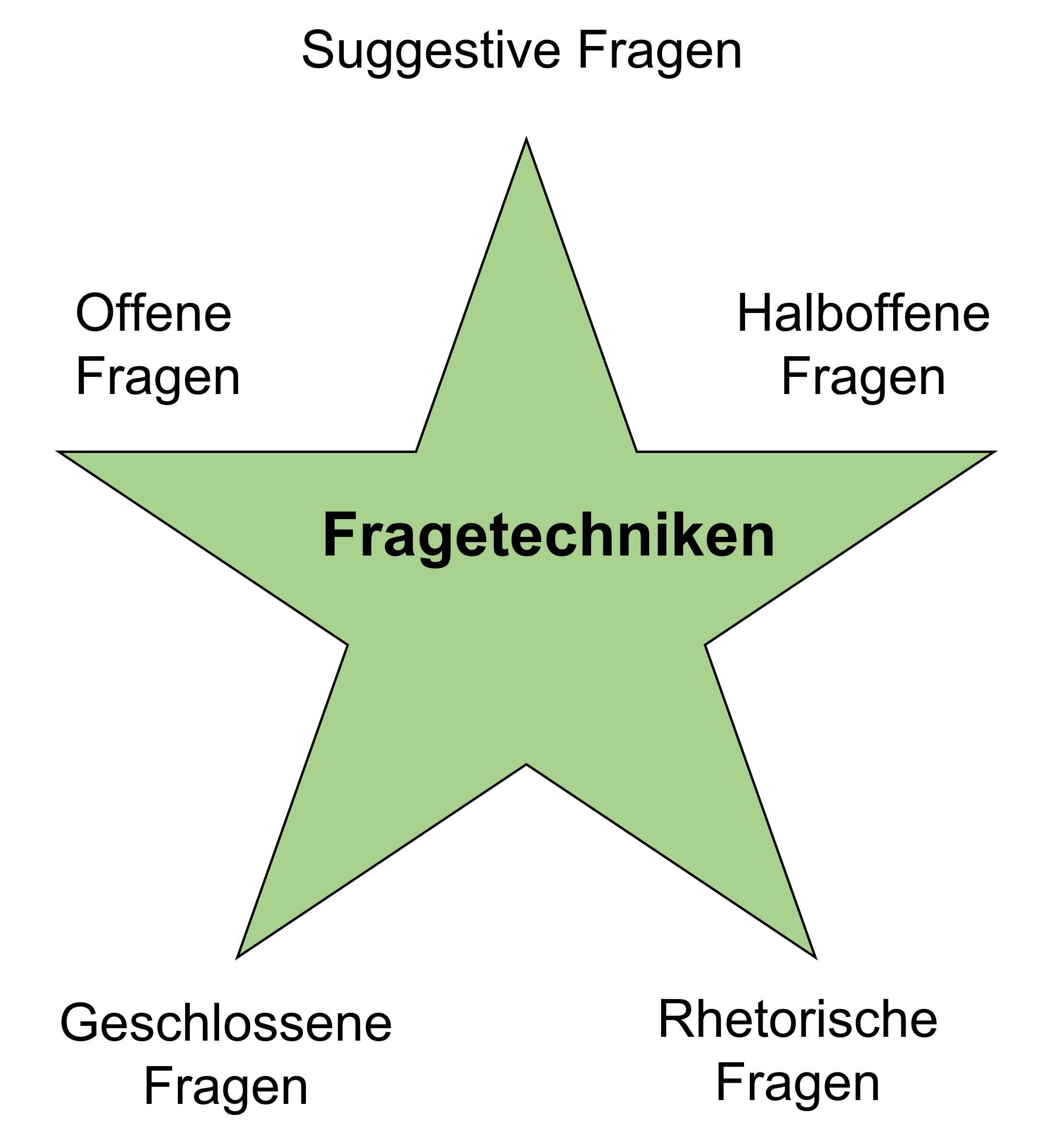Question Techniques
Stay engaged in conversations with these 5 question techniques
Question Techniques
Whether in personal or professional settings, asking questions helps keep a conversation going. It's important to note that not all questions are the same. There are different question techniques aimed at steering a conversation in a certain direction, guiding it, and preventing it from stalling. This is especially useful for managers and leaders during employee discussions, leadership talks, partner conversations, and more.
But even in personal situations, knowing and using some question techniques can be very helpful. Whether in a sales or purchase discussion or negotiating with your mother-in-law about where to celebrate Christmas this year.
It takes a bit of practice to use the right question technique at the right moment. But the more you try, the easier it becomes. The goal is to seamlessly integrate the chosen question technique into the conversation without the other person noticing.

Suggestive Questions
Suggestive questioning involves subtly guiding the conversation partner in a desired direction. The aim is for the partner to have no choice but to give the answer the questioner wants. It's like putting words in their mouth.
Example: Two friends are discussing where the next guys' trip should be. One suggests a place and ends with the question: "You want to swim in the sea too, right?"
Other examples include:
- Don't you think the beach is better than the pool?
- Don't you see it that way too, that...?
- You surely want that too, don't you?
- You must think the same as I do, right?
Closed Questions
Closed questions aim to get short and informative answers. They are characterized by having predefined answer options, usually yes or no.
Example: Two friends are discussing where the next guys' trip should be. One makes a clear suggestion and ends with the question: "Do you agree?"
Other closed questions include:
- Do you see it the same way?
- Are you with me so far?
- Shall we do it this way?
- Have I been clear to everyone so far?
Open Questions
Open questions allow the conversation partner to respond freely and flexibly. They can go into more detail, elaborate, and express their own opinion. Open questions often include the so-called W-questions (Why, How, Who, Where, What, etc.).
Example: Two friends are discussing where the next guys' trip should be. One suggests a place and ends with the question: "Where would you like to go?"
Other examples of open questions include:
- What do you think of this suggestion?
- How do you see the whole thing?
- Why do you have that opinion?
- Where did you find the article?
Semi-Open Questions
Semi-open questions are a mix of closed and open questions. They offer multiple answer options, but the partner can expand and justify them freely. This type of question technique is often used in written surveys.
Example: Where are you traveling for your next summer vacation?
- ⬜ Sweden
- ✅ Spain
- ⬜ Staying home
- ⬜ Other: (Enter country)
Rhetorical Questions
Rhetorical questions aren't about getting an answer. The answer is already implied in the question. The purpose of a rhetorical question is to influence the other person.
Example: Two friends are discussing where the next guys' trip should be. One suggests a place and ends with the question: "Isn't it obvious the vacation should be by the sea?"
Other rhetorical questions include:
- Isn't that funny?
- Didn't I tell you so?
- Don't we all make mistakes sometimes?
- Aren't we all a bit crazy?
